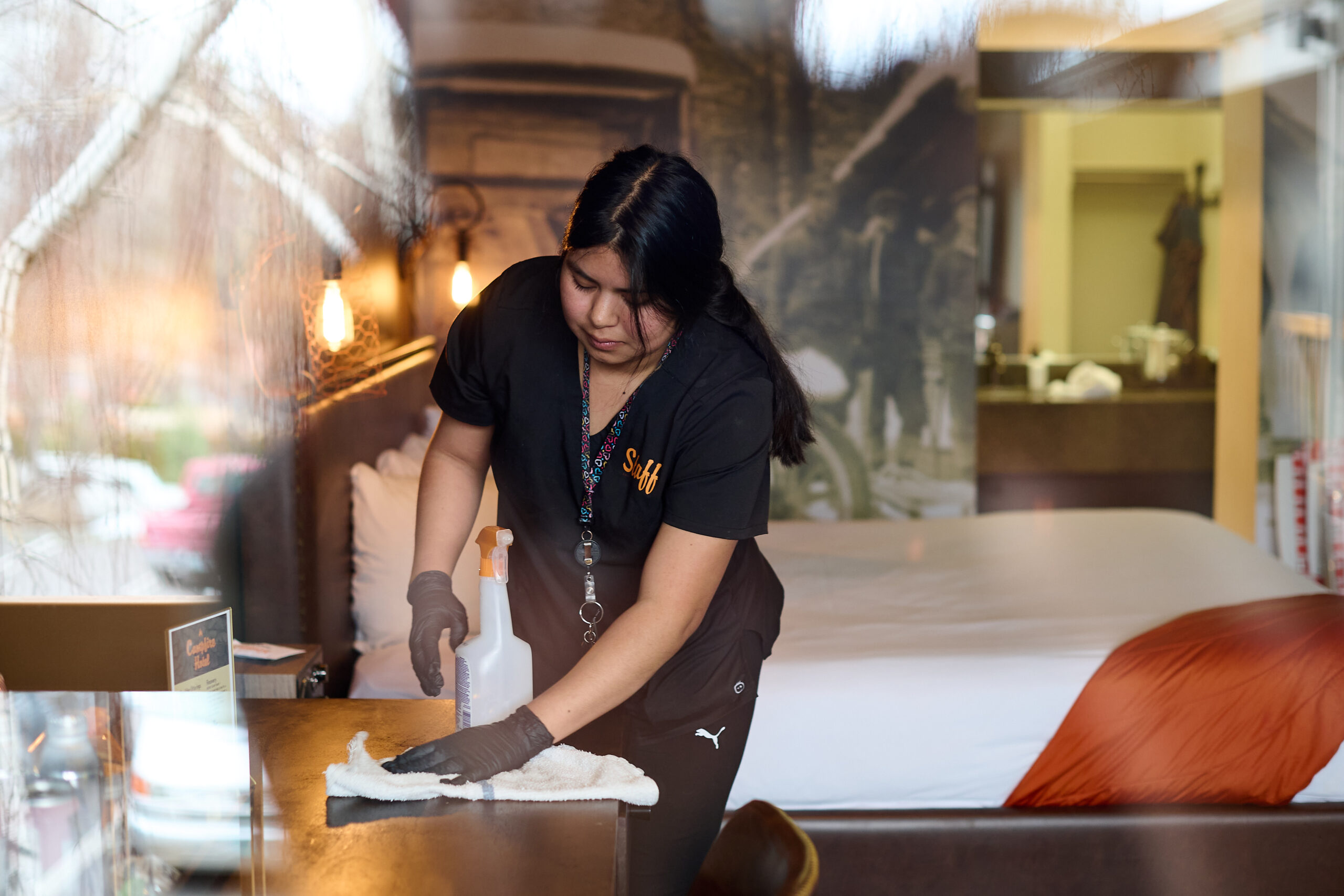Measuring how food is utilized is a data problem. The OSU Sustainable Tourism Lab, along with partners in the College of Engineering and Computer Science are using machine learning and AI to monitor food intake to improve health outcomes. This project is part of a larger project to optimize the food supply chain from farm to trash.
How it Works
Quantifying food intake is rarely done. Manual monitoring efforts are typically error-prone, inconsistent and labor-intensive. Employees are often left searching through trash bags, trying to measure how much of their food was left unconsumed, but with this technology, we can quantify the food intake in an automated way.
Specifically, when the plated meal is ready to be served to the customer, the camera snaps a “before” photo as it leaves the kitchen. After the customer consumes as much food as they can and the table is cleared, the plate is brought back to the kitchen, where another camera then snaps an “after” photo.
A computer algorithm then measures how much food was left on the plate and can calculate the total food intake for that meal. This process is repeated for every meal, collecting data, and providing the healthcare providers with critical information to improve health outcomes.
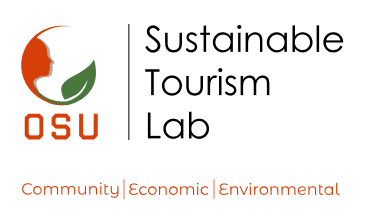
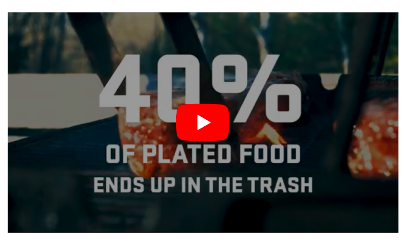
How it Works
Quantifying food waste in a commercial setting can be difficult. Restaurant employees are often left searching through trash bags trying to measure how much of their food was left unconsumed, but with the foodwaste camera, we can quantify food waste before it ever enters the trash can.
Specifically, when the plated meal is ready to be served to the customer, the camera snaps a “before” photo as it leaves the kitchen. After the customer consumes as much food as they can and the table is cleared, the plate is brought back to the kitchen where another camera then snaps an “after” photo.
A computer algorithm then measures how much food was left on the plate and can calculate the total foodwaste for that meal. This process is repeated for every meal, collecting data, and providing the restaurant with the “perfect serving size” that maximizes profit and eliminates downstream waste.


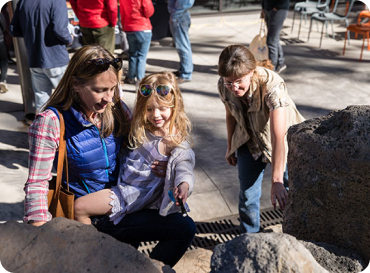
Resident Survey
To understand how local communities perceive the tourism industry, researchers from the hospitality management program conducted several resident sentiment surveys.
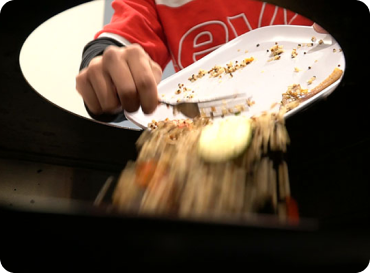
Food Waste Technology
With a food waste camera, the hospitality management and computer science programs have developed an innovative tool to help solve the food waste challenge.
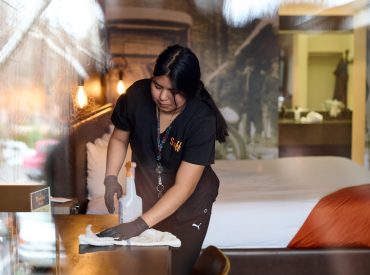
Building A Sustainable Workforce
There are jobs that will always have low retention rates and that technology is not currently available to automate. For those jobs, the answer is rapid, cost-effective and impactful retraining.
Project Updates
Project Updates
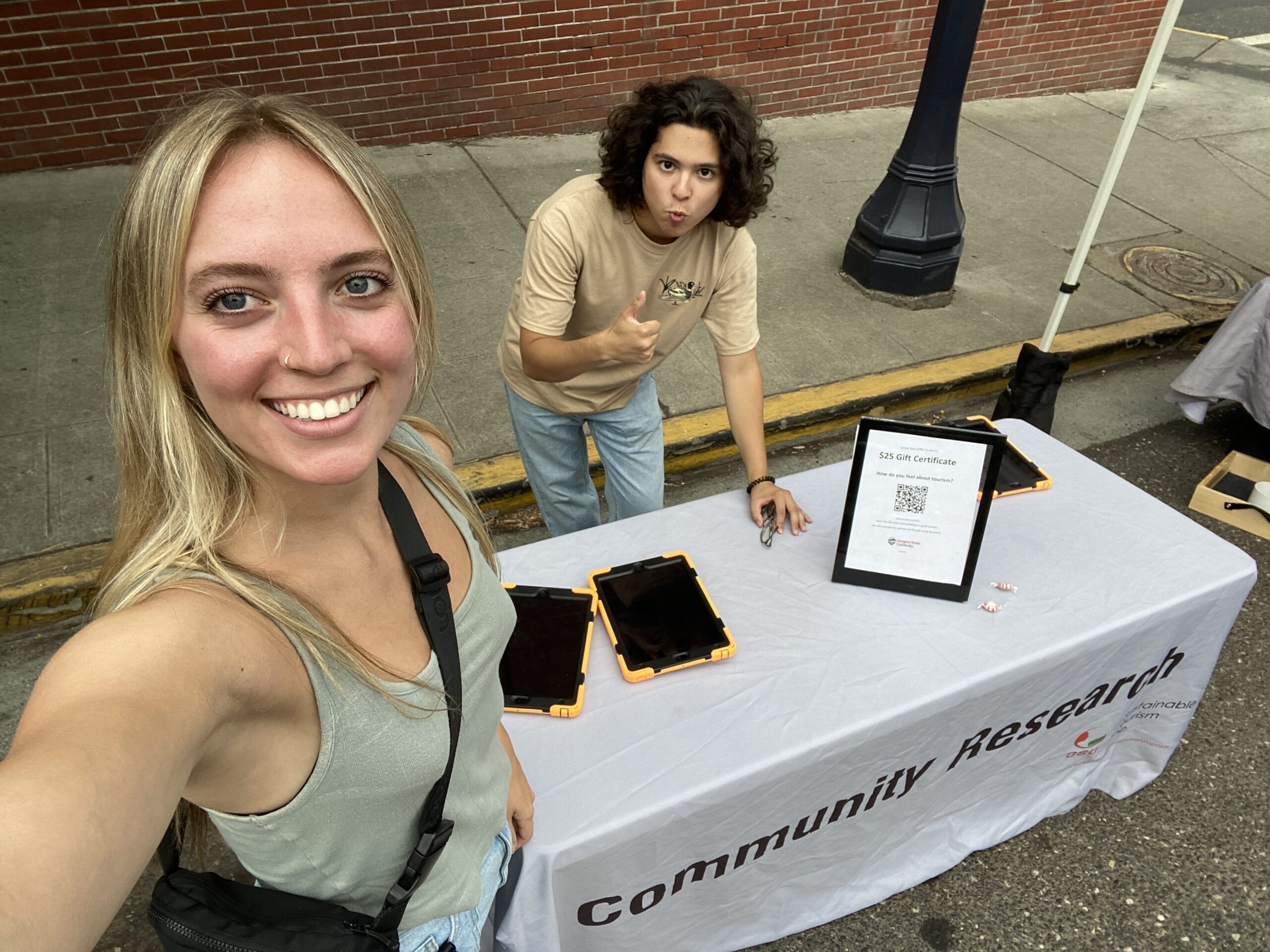
Tourism Lab Introduction
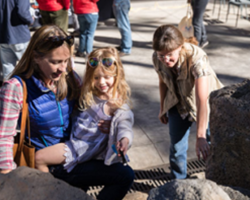
Community Sentiment of Tourism
